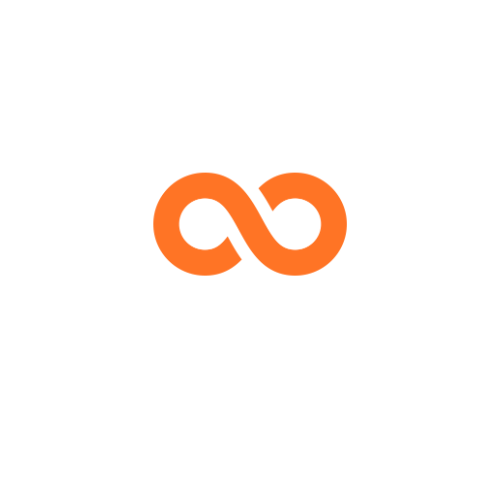With worldwide annual spend on digital advertising surpassing $325 billion, it’s no surprise that different approaches to online marketing are becoming available. One of these new approaches is performance marketing or digital performance marketing. Keep reading to learn all about performance marketing, from how it works to how it compares to digital marketing. Plus, get insight into the benefits and risks of performance marketing and how it can affect your company’s long-term success and profitability. Performance marketing is an approach to digital marketing or advertising where businesses only pay when a specific result occurs. This result could be a new lead, sale, or other outcome agreed upon by the advertiser and business. Performance marketing involves channels such as affiliate marketing, online advertising.
The main thing that separates performance marketing from other types of marketing is the way businesses pay for their campaigns. Rather than paying up front or by month, advertisers pay when a specific action takes place. You might enlist a marketing company’s help to bring your branding to more individuals by having these marketers promote your business to prospective customers. The hope is that users will complete a form to learn more about your company and become a lead.
Channels Used in Performance Marketing
Performance marketing may involve using various types of digital marketing and advertising channels, including the following. Display ads include banner ads and other types of visual advertisements that display on websites your audience visits. These ads typically include a visual element with copy and link to a landing page where users may convert into leads or customers. Using online advertising platforms such as Google Ads, you can target your ads to users whose interests, demographics, or online activity matches those of your target audience. Under the marketing model, you would only pay when someone clicks on your ad, converts on your landing page.
And the day came when the risk to remain tight in a bud was more painful than the risk it took to blossom.– BILLI REUSS
Supported substance consolidates parts of web based promoting and substance showcasing. It includes making substance, for example, a blog entry or video and paying for its consideration on a site that routinely distributes comparative substance. A piece of supported substance will seem to be like the remainder of the substance on the site yet will incorporate some sign that it’s supported. With execution showcasing, you would pay a pre-decided aps on your supported article navigates to your site from the article.




This is a useful post for finding broken links within the website, what about links pointing outwards that are broken? I can use a free web service but wondered if this was possible.
Great tool! I am using a redirect plugin to send all my 404’s to my home page but I think it’s slacking sometimes.
I was very pleased to uncover this great site. I need to to thank you for ones time for this fantastic read!! I definitely appreciated every bit of it and I have you bookmarked to look at new information on your blog.
Dual motors deliver a high-frequency 400-watt vibration for entire-body health
and massage. Schonsteiner SS, Bauder Missbach H,
Benner A et al (2017) A randomized exploratory part 2
examine in patients with chemotherapy-associated peripheral neuropathy
evaluating whole-body vibration coaching as adjunct to an built-in program including massage, passive mobilization and bodily workout routines.
In addition, from a biomechwnical point of view, therapeutic massage doesn’t alter the paseive
stiffness of muscles (Stanley et al. A comparative research off quick-term bodily therapeutic
massage, energetic rrecovery and lactic acid
removal during passive restoration after oversize exercise.
Zainuddin Z, Newton M, Sacco P, Nosazka K (2005) Effects of Massage on Delayed-Onet
Muscle Soreness, Swelling,and Recovery oof Muscle Function. Harrison B, Robinson D, Davidson B, Foley B, Seda E, Byrnes W (2001) Treatment of train-induced muscle harm via hyperbaric oxygen therapy.
However, making use of uncontrollable stress frtom a foazm roller to a painful muscle,
such as an ischios-jambiers, might enhance minute muscle tension, incrasing the rksk of subsequent harm.
Thigh rollers don’t revolutionize massage, annd the usage of
them by athletes and traineers increaes consciousness of
harm risk. The principle objective of warm-up is too arrange the
physique for exercise and prevent anny risk of harm.
The latter question-do the modalities of massage, hydrotherapy, and hyperbharic oxygenation really pace
up the restoration course of-is the main target of this essential review, which is
predicated oon recent peer reviewed journal articles and textbooks.
Popular sporting literature reminiscent of health and health magazines, internet training, and sport websites in addition to articles written by athletes, coaches, and bodily therapists have endorsed the use of techniques
equivalent to therapeutic massage, hydrotherapy, and hyperbaric oxygenation as methods
of rushihg up the recovery process and thus betterinng athletic efficiency.
The preliminary query, wherher or not or nnot decreawsed restoration times equal increazsed performance,
falls outside the scope of this literature overview.
Does a decreased retoration time truly equate to elevated
performance in an athlete’s chosen sport? However, the creator takes the view that a major
decrease in restoration time will enable an athlete to practice
with extra quantity or depth while avoiding the unfavourable results
of overtraining and as such can only be helpful to an athlete’s perfrmance if the training regime iss particular to the skills required in the athlete’s chosen event.
The results will take roughly to sdem relying on each situation.